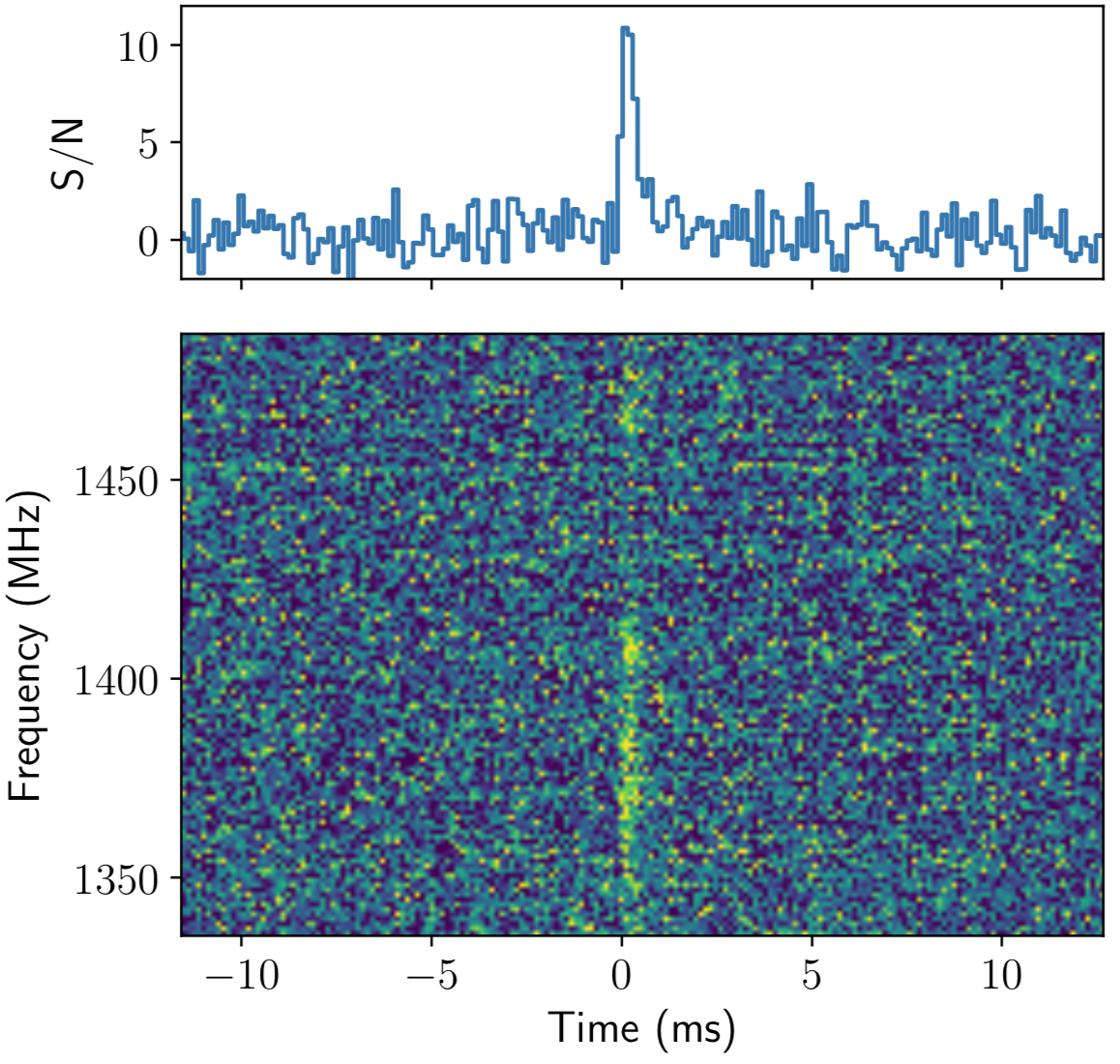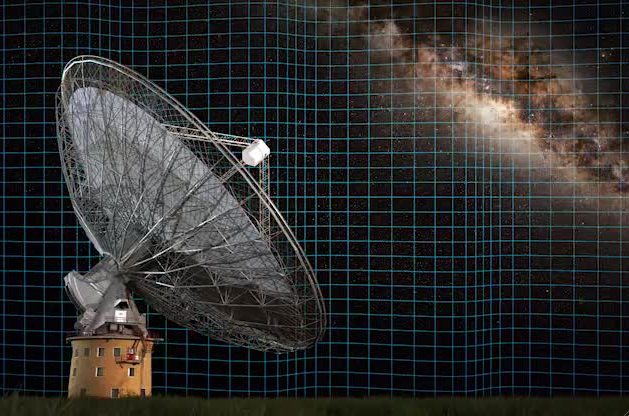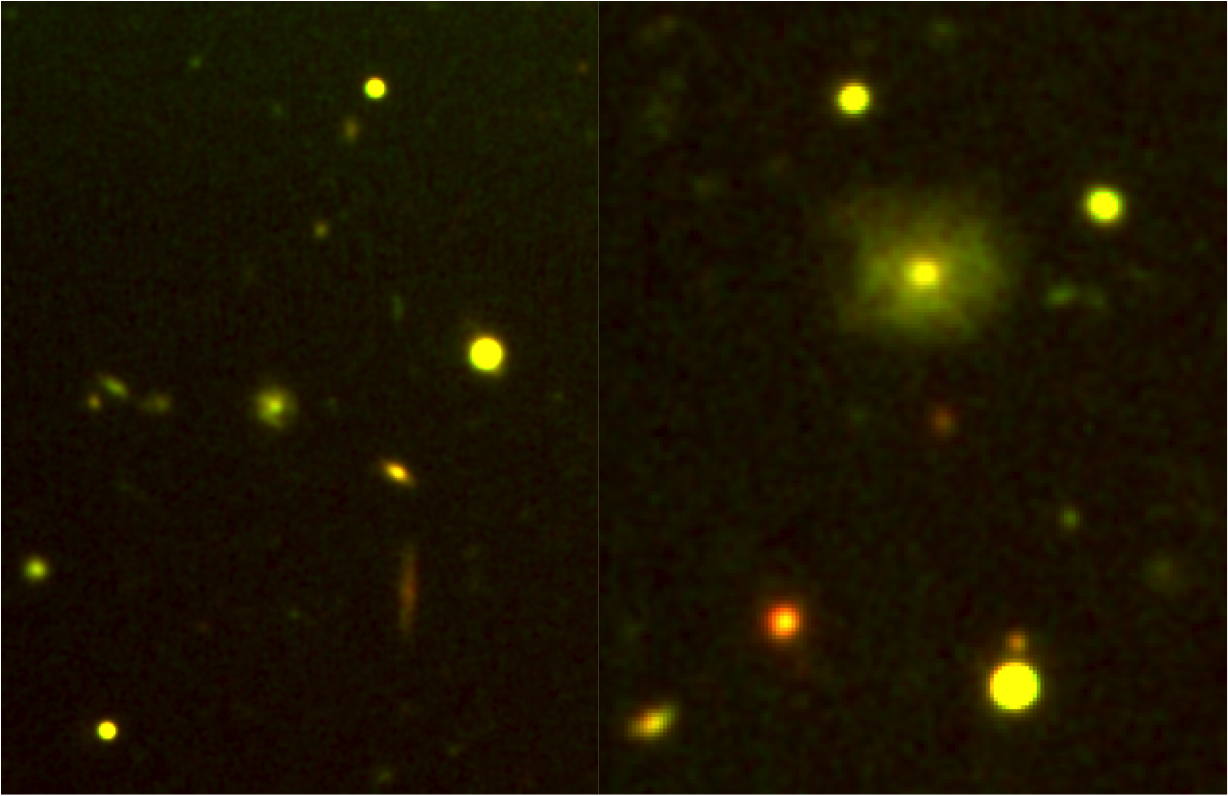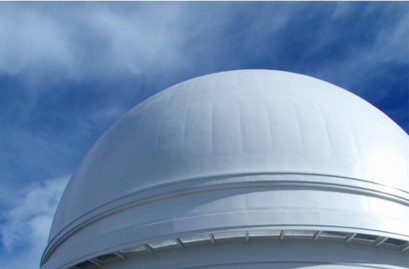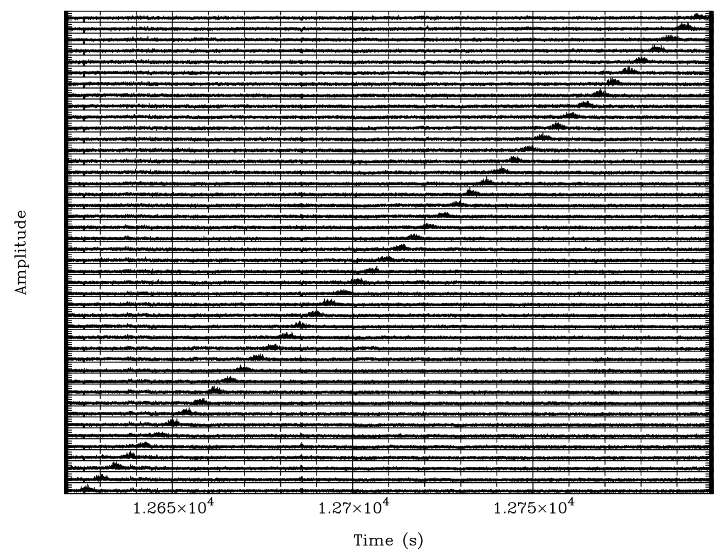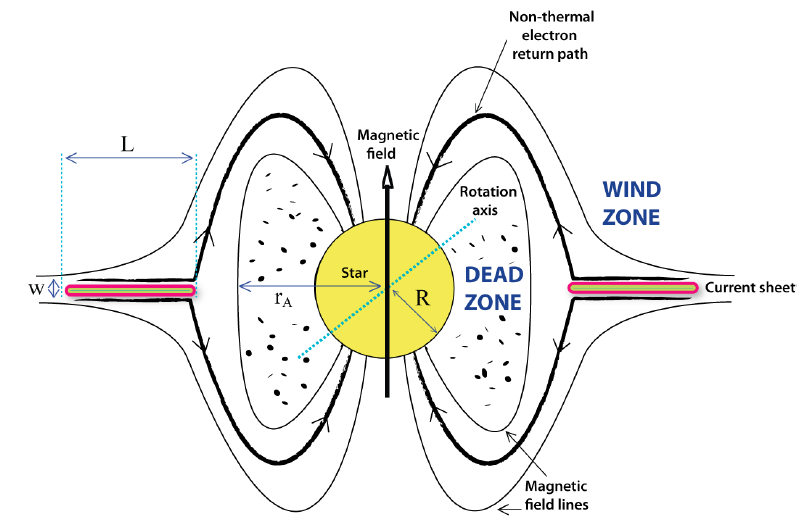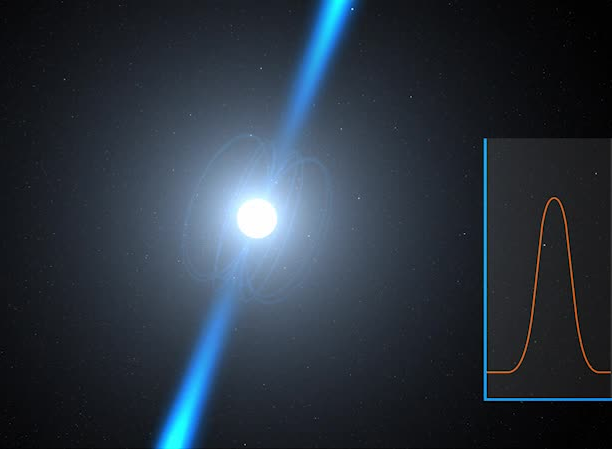VIKRAM RAVI
Assistant Professor of Astronomy,
Caltech
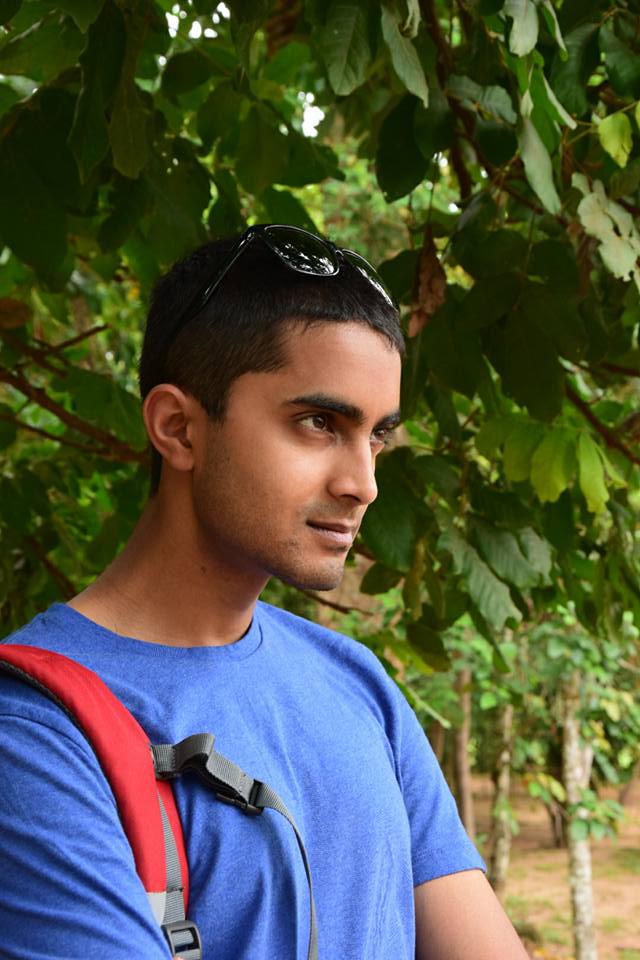
ABOUT ME
I am an Assistant Professor of Astronomy in the Caltech astronomy department. My professional focus is on exploring and understanding the ephemeral, unseen Universe. I study phenomena that vary on time-scales of nanoseconds to years, such as fast radio bursts, the tidal disruptions of stars by supermassive black holes, neutron-star outbursts, the radiation statistics of astrophysical masers and lasers, and gravitational waves from binary supermassive black holes. I also seek to understand the distribution and physical nature of diffuse and hot matter around and in between galaxies. My research interests are detailed below.
I am an Australian of Indian origin. Educated at the Valley School, Bangalore, and Narrabri High School, NSW Australia, (and by my astronomer parents!), I studied physics as part of the Bachelor of Philosophy (PhB) at the Australian National University. The PhB also offered remarkable research opportunities: as an undergrad, I worked in a Bose-Einstein condensate lab, and I also investigated new ways of modelling the Earth's climate. I undertook Honours research with Prof. Dayal Wickramasinghe, and Dr. George Hobbs, on coherent radio emission from stars (more below). While at University, I resided at Burgmann College.
I spent the Fall of 2008 on exchange at the University of California, Berkeley. An undergraduate research apprentice program with Prof. Charles Townes and the Infrared Spatial Interferometer group led to my employment at UC Berkeley during 2010-11 as a Junior Specialist. I studied yearly changes in the atmosphere of Betelgeuse, and worked with the CASPER group to develop an instrument to image shells of water around similarly evolved stars.
I completed my PhD (accepted Jan 2015) at the University of Melbourne, with Prof. Stuart Wyithe and Dr. George Hobbs (at CSIRO Astronomy and Space Science). I developed predictions for gravitational-wave signals from orbiting pairs of supermassive black holes in merging galaxies, and tested these using decade-long timing data on millisecond pulsars from the Parkes telescope. My work provided the theoretical basis for two papers published in Science, led by Dr. Ryan Shannon, and resulted in two major thesis prizes, and me being invited to talk (video below) at a Kavli Frontiers of Science meeting in Makassar, Indonesia.
During my PhD, I also engaged in a selection of madcap ventures: investigations into an ultra-broadband pulsar system for the Australia Telescope Compact Array, searches for off-pulse emission and wind nebulae associated with a large pulsar sample, constraining the equation of state of matter at nuclear densities with gamma-ray burst and fast radio burst observations, and successful searches for fast radio bursts.
I then spent a part of 2014-15 working with Prof. Matthew Bailes and his group at Swinburne University on the nascent upgrade of the Molonglo Observatory to form a fast transient, pulsar and wide-field imaging behemoth (UTMOST).
I have since spent 2015-18 as a Millikan Fellow in Astronomy at Caltech, and 2018-19 as a Clay Fellow at the Center for Astrophysics | Harvard and Smithsonian. My detailed CV and publications list can be found here.
To hear about some of the things I do (and to see that I can wear a jacket!), you can check out a video of my Clay Lecture at the Center for Astrophysics | Harvard & Smithsonian (May 9, 2019).
July 2019: The prevalence of repeating fast radio bursts
In a letter to Nature Astronomy, I argue that all fast radio bursts repeat at some level. Based on the surprising rate of nearby bursts detected by the CHIME telescope, I show that the FRB rate per unit volume exceeds the rate of candidate cataclysmic-event progenitor events, and also exceeds the birth rate of candidate compact-object FRB sources. Thus, if FRBs are generated by the byproducts of stellar evolution, it is likely that they all repeat, although likely not as frequently as the known repeating FRBs.
July 2019: A fast radio burst localised to a massive galaxy
With the Deep Synoptic Array 10-element prototype (DSA-10) team, I published a paper in Nature reporting just the second instance of a one-off fast radio burst localized to its host galaxy. This burst, FRB 190523, likely originates from a massive galaxy at a cosmological redshift of 0.66. The properties of this galaxy suggest a different progenitor channel for fast radio bursts with respect to the original repeating source FRB 121102. The Caltech press release provides a great write-up of the discovery.
March 2019: Fast Radio Burst Tomography of the Unseen Universe
With a large team of experts on fast radio bursts, cosmology, and the circum- and intergalactic medium, I submnitted a white paper to the Astro2020 Decadal Survey. We propose that large fast radio burst samples - between 10,000 and 1,000,000 - be used to study the distribution and physical conditions of gas surrounding and in between galaxies. Such large samples of bursts can also be used to test compact object models for dark matter.
Enigmatic outbursts from deep space
There is much that we don't know about the Universe, but most astrophysical phenomena are at least associated with known classes of objects. Among the most compelling of astrophysical mysteries, to me, are those transients for which we have no explanations at all. I study "fast radio bursts" (FRBs), which are intense millisecond-duration events that likely originate well beyond the Milky Way in rare cataclysms. With Dr. Ryan Shannon, I have discovered two FRBs. One of these, FRB 150807, was sufficiently bright so as to enable constraints on the magnetisation and turbulence of the cosmic web; we published these results in the journal Science. At Caltech, with Prof. Shri Kulkarni, Dr. Harish Vedantham, and Prof. Gregg Hallinan, I am investigating and following up further events, analysing the population, and building telescopes to localise new events. Using the unparalleled optical observatories associated with Caltech, I pursue other unexplained, unassociated events, such as astrophysical neutrinos, and soft gamma-ray and X-ray transients.
The dark and diffuse universe
Around 85% of the gravitating material in the Universe is dark, of unknown composition. Half of the remaining 15%, which everything that we see is made of, itself exists as hot diffuse gas around and in between galaxies, making it very difficult to characterize. However, observations at radio wavelengths can shed light on these parts of the Universe. Annihilations, decays and conversions of the leading particle dark matter candidates - Weakly Interacting Massive Particles (WIMPs) and QCD axions - can result in radio emission in astrophysical magnetic fields. I am working on refining predictions for this radiation, and am devising experiments and new instrumentation to detect it. Furthermore, it turns out that FRBs may be our best tools yet to measure the total content and physical conditions of the diffuse gas. Imprinted on all FRBs are measures of the mean gas density, density fluctuations, and magnetisation along their lines of sight. Large samples of localised FRBs, which will be delivered by telescopes being built by Caltech and the Australia SKA Pathfinder, can begin to provide a fuller picture of this mysterious phase of matter out of which galaxies grow.
Emergent astronomical techniques
My research career has blended theory, primarily during my PhD, and experiment. A sound understanding of theory is crucial in formulating new experimental research directions, and in interpreting their results. However, I also maintain an interest in developing new instrumentation, which can enable new kinds of observations. For example, with collaborators at Fermilab, I studied the optical properties of the Crab pulsar by developing new instrumentation based on a high-speed photomultiplier tube for the 200-inch Hale telescope at Palomar. While at the UC Berkeley Infrared Spatial Interferometer, I helped develop and commission a spectrometer for an infrared interferometer to measure the spatial distribution of warm gas around evolved stars. Now, at Caltech, I have built a ten-element radio interferometer for FRB localization at the Owens Valley Radio Observatory (the "DSA-10" instrument). This instrument, which was developed, deployed and commissioned between August 2016 and May 2017, continually searches the sky for FRBs in real time and provides few-arcsecond localizations upon each candidate trigger.
PHD RESEARCH
From 2011 to 2014, I worked with Prof. Stuart Wyithe (University of Melbourne), and Dr. George Hobbs (CSIRO Astronomy and Space Science) and the Parkes Pulsar Timing Array team, on predicting the gravitational wave signal from orbiting pairs of supermassive black holes in merging galaxies. Gravitational waves - travelling perturbations to space itself - are a long-standing prediction of Einstein's general relativity, and are expected from compact, massive astrophysical systems. In a pair of reports in the journal Science, Dr. Ryan Shannon and I tested my predictions using a decade of the most accurate timing data on millisecond pulsars ever obtained, from the Parkes telescope. We showed that previous models for the evolution of binary black holes in galactic-centre environments required significant refinement. In particular, we found that either some binaries never reach small-enough separations to emit detectable gravitational waves, or that they rapidly evolve through the gravitational-wave emitting stage because of external influences. My thesis was awarded the Charlene Heisler prize of the Astronomical Society of Australia, and the Stefano Braccini prize selected by the Gravitational Wave International Committee. My work garnered significant media attention. For popular write-ups, see my piece on The Conversation, and, for example, an excellent article on Mashable. Video presentations of mine are linked below.
OTHER / PAST PROJECTS
UTMOST
With Prof. Matthew Bailes and his Swinburne group, I helped refurbish the venerable Molonglo Observatory into a fast transient, pulsar and wide-field imaging behemoth.
Coherent radio emission from stars
Rapidly rotating stars with strong magnetic fields, such as Ap and Bp objects and ultracool dwarfs, produce maser-like radio emission that provides insights into their magnetospheres. I studied such systems during my ANU Honours year. Read more in this article (pdf) I wrote for ATNF News.
Radio pulsar behaviour
Radio pulsars are among the most extreme astrophysical objects, and two Nobel prizes have been awarded for pulsar-related work. I have studied various aspects of pulsars; my first paper was on the beam geometries of young and millisecond pulsars.
Infrared Spatial Interferometer
While working at the UC Berkeley Infrared Spatial Interferometer, I led a five-year study of the warm molecular and dusty atmosphere of the red supergiant star Betelgeuse. We concluded that asymmetries associated with giant convection cells were responsible for launching large-scale dust outflows.
CONTACT DETAILS
I can be found in office #302 in the Cahill Center for Astronomy on the Caltech campus in Pasadena, CA.
Cahill Center for Astronomy and Astrophysics
California Institute of Technology
MC 249-17, 1216 E California Blvd
Pasadena, CA 91125, USA.
Tel. +1 626 395 4286
Mail. vikram@caltech.edu

